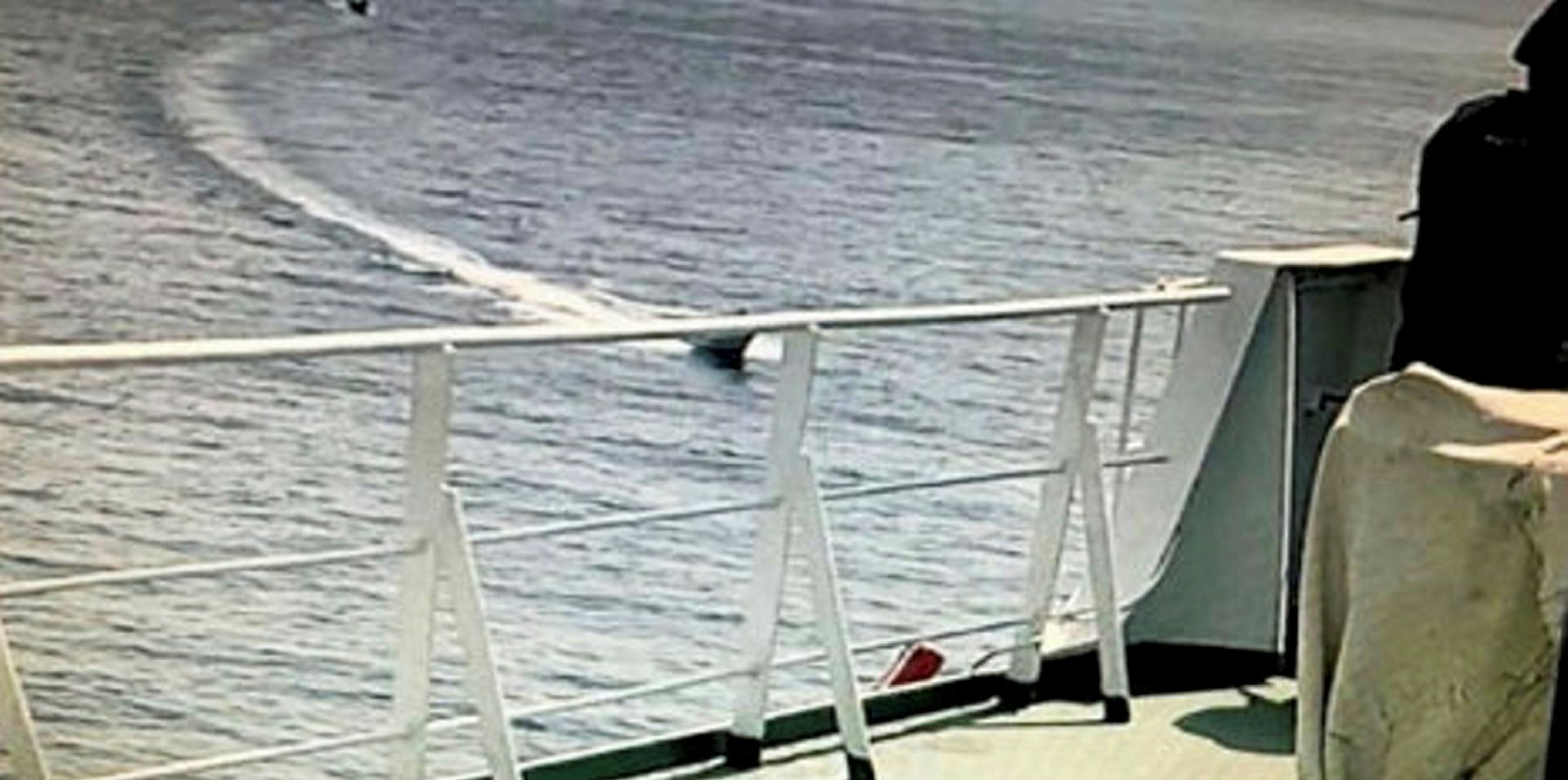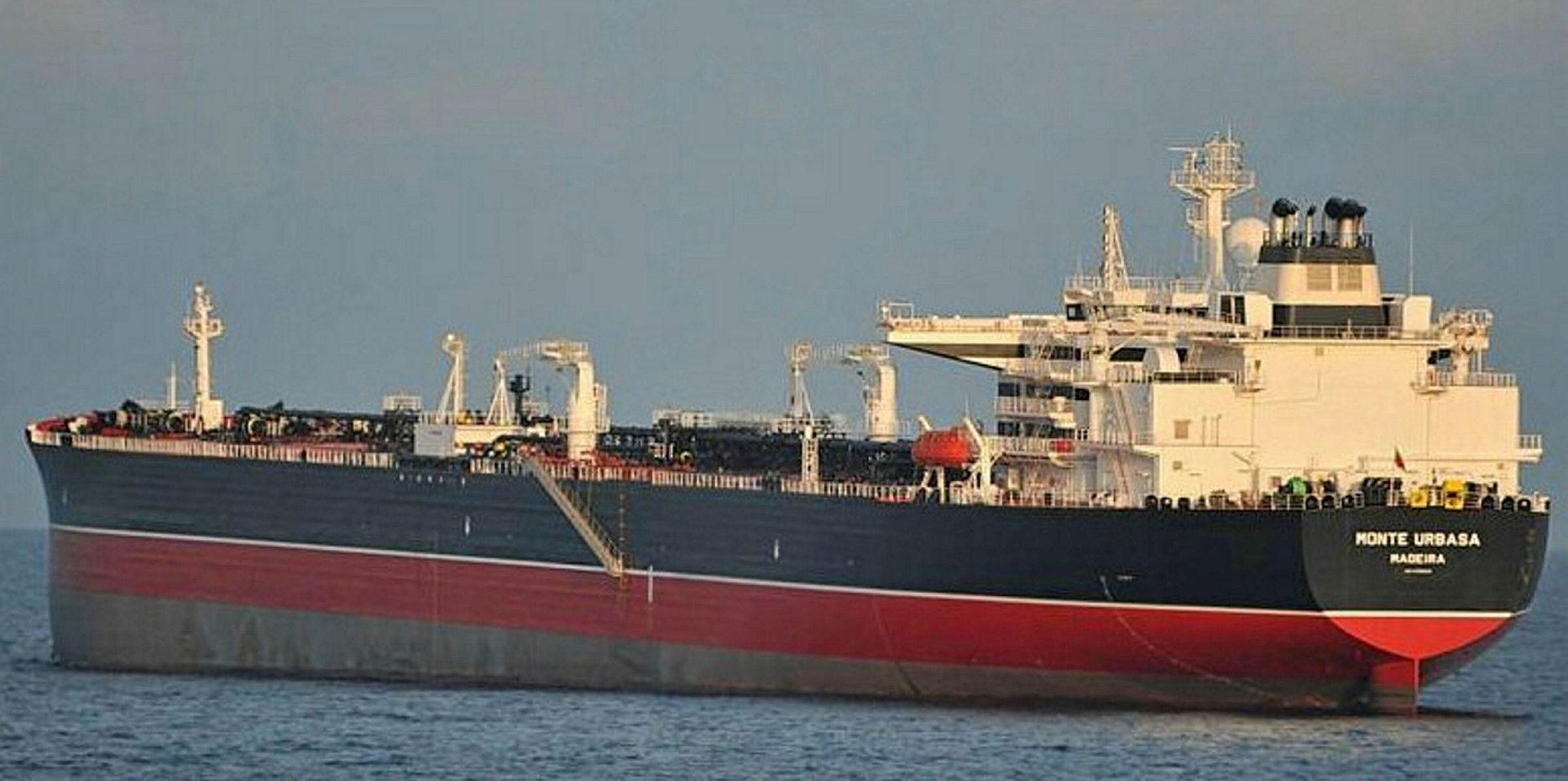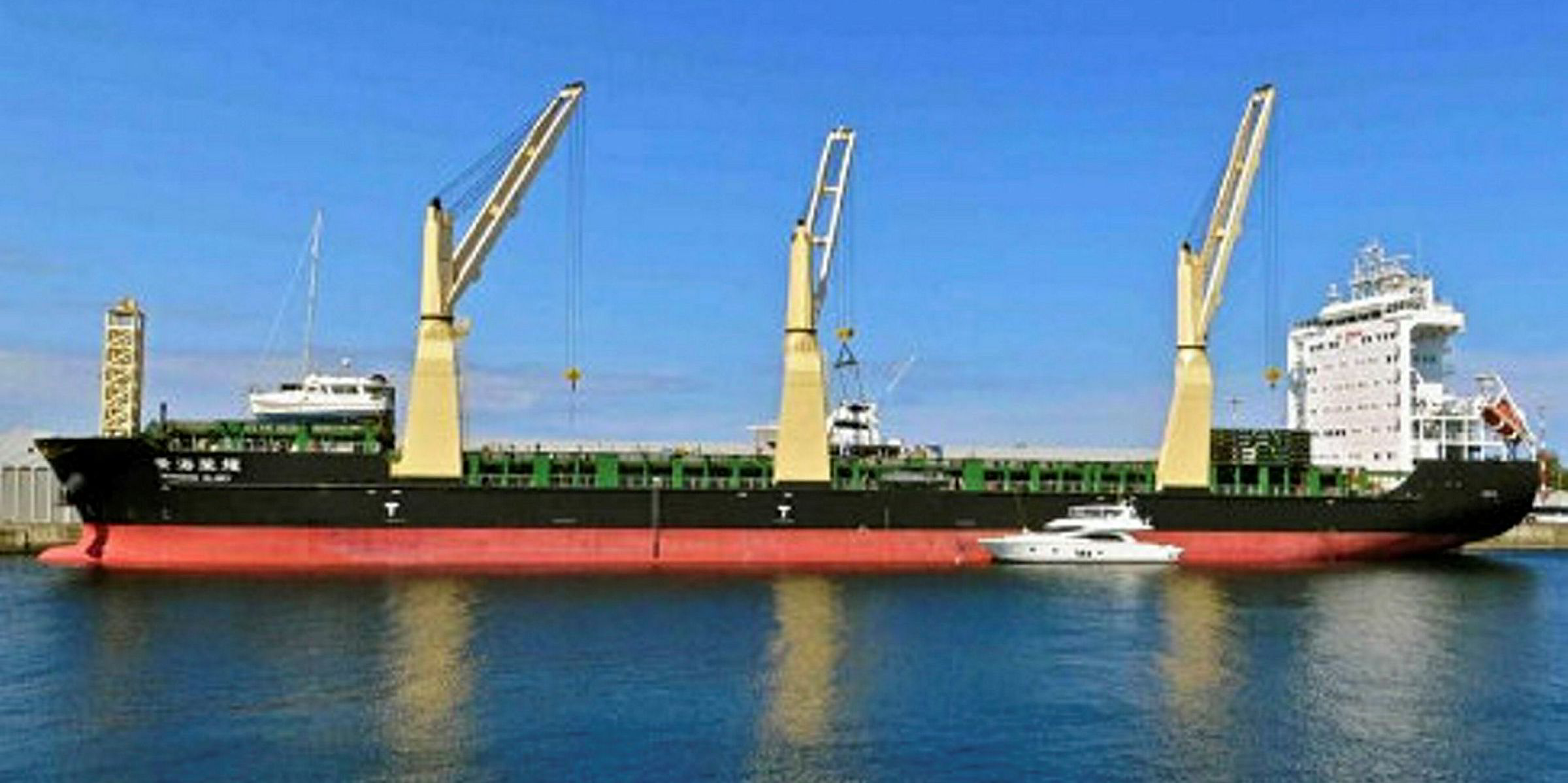The emergence of more details about the recent tanker attack by Houthi rebels off Yemen still leaves "a considerable degree of ambiguity", according to security sources.
Initial reports suggested a Saudi Arabian aframax, Red Sea Marine Services' 107,000-dwt aframax Gladiolus (built 1998), had been approached by pirate skiffs in the Gulf of Aden on 4 March 172 km south of Nishtun.
Two other vessels, the 156,000-dwt Ibaizabal Tankers suezmax Monte Urbasa (built 2018) and a Nakilat LNG carrier, the 210,184-cbf Al Nuaman (built 2009), had to take evasive action in the area.
The Saudi-led coalition in the region later reported the Houthi rebels in Yemen as behind the attack, which reportedly involved some unmanned vessels, including one that carried a water-borne improvised explosive device (WBIED). The government said it had thwarted what it regarded as a terrorist attack.
Security consultancy Ambrey has now revealed the results of its investigation into the events.
It said it had confirmed that three blue skiffs were seen at the tanker's port bow while it was underway at 10.1 knots and the tanker adjusted course to pass clear of them.
The skiffs then commenced their approach.
Evasive action taken
All crew members apart from the bridge team and the embarked armed security team proceeded to the citadel, while the vessel conducted evasive manoeuvres.
Two more skiffs then approached from the port side and a third approached from the starboard side.
While one of the skiffs on the port side proceeded in parallel with the tanker's course and cleared the tanker's port quarter, the other skiffs proceeded to close with the tanker.
Following warning shots, the security team fired at the skiff approaching from the port side, but this boat hit the tanker's hull. The craft appears to have been unmanned.
No material damage to the vessel or injury to either the crew or security team have been reported.
Red Sea Marine has been contacted for comment.
Ambrey said it understands debris from the skiff that struck the hull was recovered by the AST on board the tanker.
TankerTrackers' data indicates Gladiolus maintained a consistent speed of 10.9 knots throughout and did not alter course.
A number of photos purporting to have been taken from its deck have emerged.
They show a small unmanned fishing vessel speeding towards it, but then veering away.
Photo and video evidence
A video posted online by Twitter user @MaritimeSecuri1, reportedly taken by a vessel in the vicinity, shows a large black plume of smoke on the horizon indicating an explosion has occurred.
Security consultancy Dryad said it currently had no reason to doubt their authenticity as genuine images.
But it added: "Despite the unusual presence of both photographic images and video, there remains a considerable level of ambiguity surrounding this incident.
"In stark contrast to previous incidents involving the targeting of Saudi-flagged vessels by rockets within the Bab el Mandeb and events involving Iran within the Gulf of Oman in 2019, Saudi Arabia has failed to provide a comprehensive narrative of events involving the alleged attacks on vessels by WBIEDs."
Key questions remain around the precise nature of the attack and the methods used to prevent it, Dryad said.
"It is incumbent upon Saudi Arabia to provide full transparency with regards to both the risks to commercial vessels in the region and the nature of its mitigation capability in response to this," the consultancy added.
No time for interception?
The abundance of imagery is unusual in itself, and the content "does not tally with the Saudi narrative of events that the vessel was successfully interdicted and an attack prevented", Dryad believes.
"It is reasonable to assume that a deliberate attack at such a close range would leave little time for interception, and if involving a vessel laden with explosives, would likely result in damage to the tanker being incurred," the outfit said.
Dryad also argued that the lack of change in course or speed gives rise to the notion that the bomb skiff may have been destroyed before impact.
"This however gives rise to questions over why the vessel, laden with explosives and intent on attacking the Saudi tanker, would have altered course at the last moment," the company added.
Packed with explosives?
Dryad said the craft's behaviour did not match the characteristics of a vessel laden with enough explosives to penetrate a double hull.
"The positioning of the photographer on deck, at the right place and time could be regarded as mere luck or selective placement; the presence of a fast approaching unmanned speedboat at such close range to a laden vessel would not usually prompt a crew member to take photographs of what potentially could be a significant explosion," the consultancy said.
And it questioned why Saudi Arabia has not released images of any explosion.
The incident also does not mirror previous Houthi attacks, which have principally been confined to the Red Sea.
"It remains a realistic possibility that this attack has either not occurred in the manner Saudi Arabia has portrayed it has, or has been knowingly exaggerated for strategic effect," the company concluded.






